How to apply patches correctly?
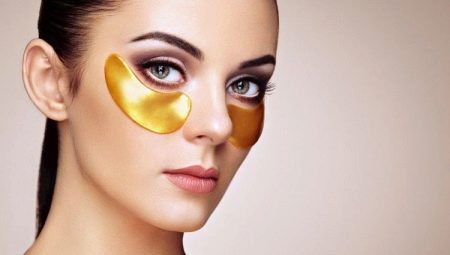
Patches are a popular and effective cosmetic product that allows women to solve a range of skin problems - from fine wrinkles to dark circles and inflammation. In fact, these are miniature masks based on hydrogel, collagen, silicone or cotton fabric. The base is richly saturated with serum with nutrients and vitamins.
Such a compress perfectly moisturizes the skin, improves microcirculation and metabolism, enhances the protective properties of the dermis, and has a tightening and smoothing effect. Correct use of the patches will allow you to get the most out of this cosmetic product. You can quickly put yourself in order after a sleepless night, nourish the skin after prolonged exposure to the sun, relieve inflammation in the problem area.
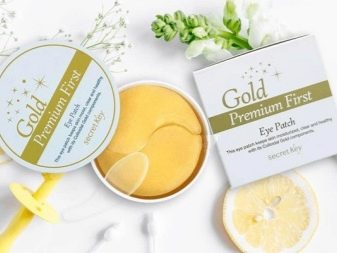

How to glue?
Most often, you can find eye patches on the cosmetology market, but there are also patches for other areas and local inflammations. To get the desired result, it is necessary to apply the compress correctly - its surface should capture problem areas as much as possible.
Depending on the type of patches and the area of application, there are some peculiarities when using them.
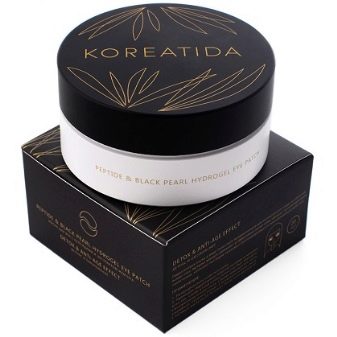
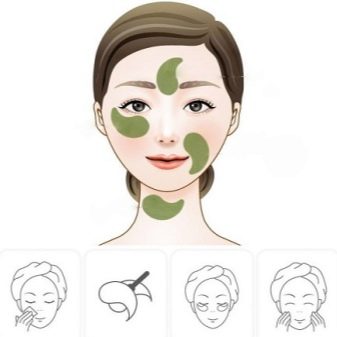
Under the eyes
Hydrogel eye patches are most often in the shape of a petal. If you need to get rid of bags and dark circles, apply the mask with the wide side to the base of the eyelid, if you are worried about crow's feet - with the narrow side to the base of the eyelid, while the wide edge should be slightly pulled up to cover the entire problem area. At first, the patches will slide over the skin and constantly slip, so try to assume a supine position for the first few minutes.After a while, some of the essence will be absorbed, and the patches will adhere perfectly in any position.
Silicone patches are most often designed to protect the skin of the eyelids when coloring the eyelashes. They do not moisturize the skin, but only protect it from negative chemical effects. They should be glued in such a way as to completely cover the lower eyelid - as close as possible to the base of the lower eyelashes. Some of them have a sticky layer, from which it is necessary to remove the protective film before use.
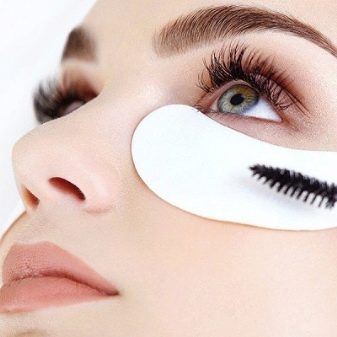
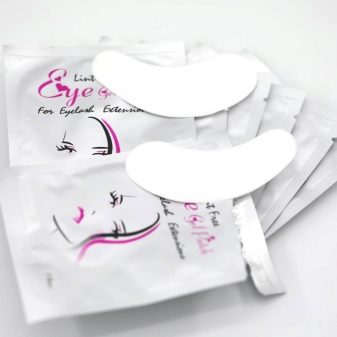
Collagen patches should be applied in the same way as hydrogels.... The only difference is that they can be used multiple times (from 3 to 5 times). Therefore, after use, the patches must be rinsed with clean running water and put back into the container with the essence.
Cloth mini-masks for the skin of the eyelids are circles with a cut-out for the eyes, abundantly saturated with serum. The mask should be put on carefully: lightly cover the eye and pass through the eyelashes, then smooth the surface of the fabric evenly. Despite the special hole, keeping your eyes open in them is somewhat uncomfortable, so it is better to make such masks while lying down with your eyes closed.
Their advantage is that they cover not only the area under the eyes, but also the lower and upper eyelids.
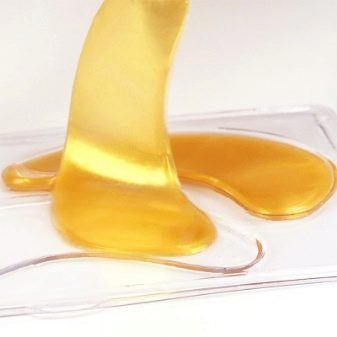
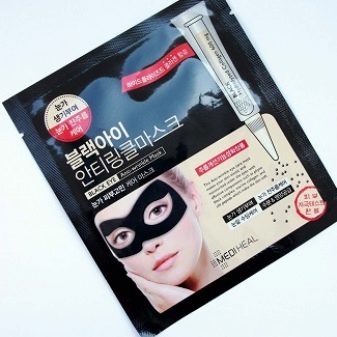
All over face
Typically, fabric and hydrogel face masks have openings for the eyes, nose and mouth, as well as side slots that can be used to adjust the position of the nourishing compress. To put the mask on your face, take it out of the package and straighten it. Place it lightly on your face and match the slots. Smooth gently over the face, slide or pull where needed.
When using such masks try to avoid their contact with the eye area, since the skin of the eyelids is very thin and delicate, it requires special care, and the serum with which the face mask is impregnated is not designed for this.
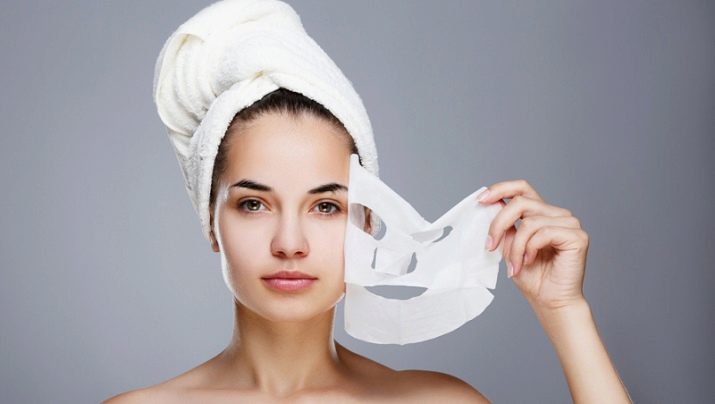
On the forehead
For the forehead, there are special masks that completely cover the frontal region and partially cover the bridge of the nose. They are of two types - hydrogel and tissue... It is very simple to apply them: spread the mask and attach it to the forehead so that the protrusion for the bridge of the nose is in place.
Occasionally, the cut of eye patches involves a special thin strip that can be applied directly to the wrinkle area.
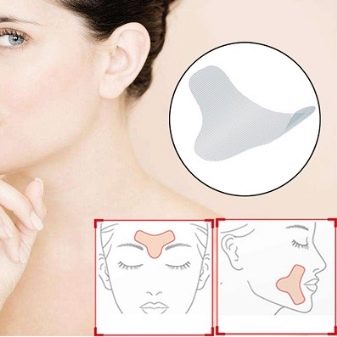
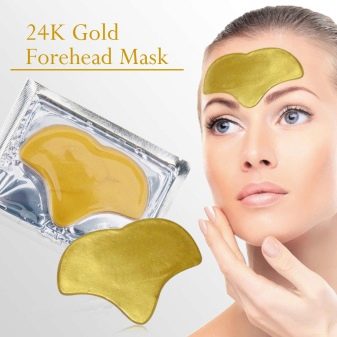
To problem areas
Regular eye patches can be used for problem areas - they can be cut into several pieces to save money. Sometimes cutting provides, in addition to the main patches, additional miniature circles, which are very convenient to use just to eliminate local inflammation. If a pimple has jumped on the face, it must be slightly dried using a special agent with salicylic acid or zinc. Only then can you apply a nourishing compress to moisturize the skin and relieve inflammation.
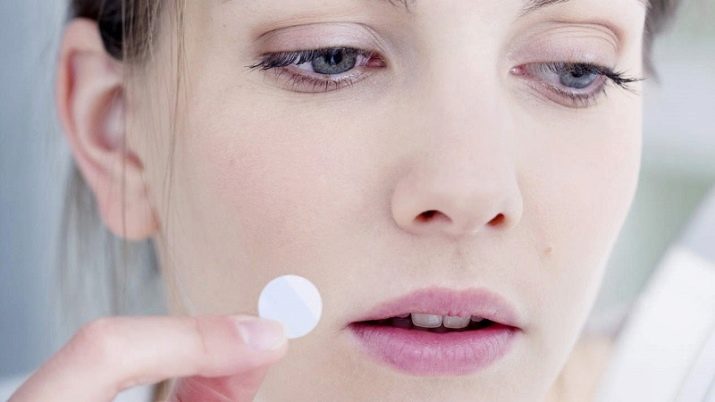
On the chin and neck
You can also use eye patches for the chin. Depending on the area of the problem area, you can use one compress or two at once, folding them in a circle, just like they are in a jar. It is very convenient to apply fabric mini-eye masks to the chin. In this case, a fold should be made in the area of the hole to cover it.
There are special patches for the neck, which are most often sold in a single-use package. It can be a mask in the form of a wide strip, one side of which is hydrogel and the other is fabric. This mask should be applied with the hydrogel side. There are also fully hydrogel neck masks in the form of wings.
Such masks should be applied with the base of the wings in the center of the neck, so that each wing, as it were, hugs the neck from its side.
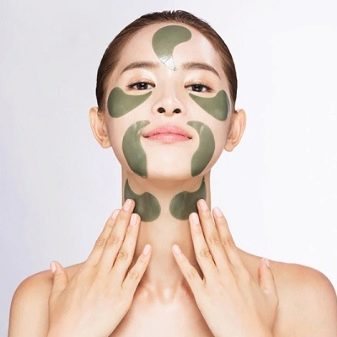
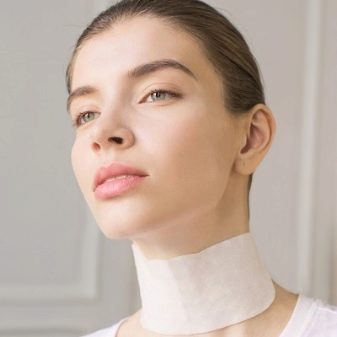
On the nasolabial folds and corners of the mouth
For nasolabial folds, eye patches, drop-shaped, are the best fit.Arrange them so that the narrower part lies approximately in the middle of the nose, and the wider part lies on the lower part of the cheek, closer to the lips. You can also grab the corners of the mouth if necessary.
Hydrogel lip patches can also be used for the corners of the mouth. As a rule, in addition to the lips, they cover a fairly wide area: both the corners of the lips, and even part of the nasolabial fold.
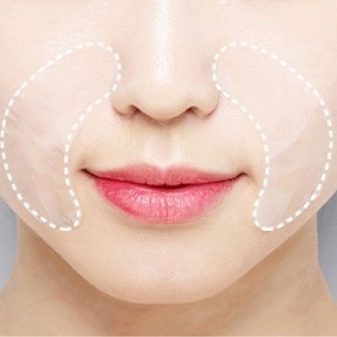
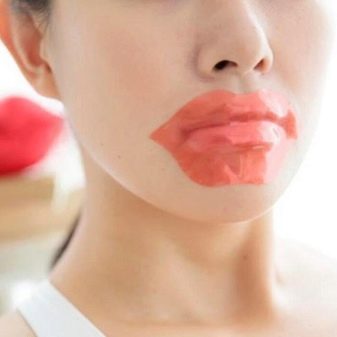
When and which side to stick on?
You can apply patches in the morning or in the evening. To relieve puffiness after sleep, use patches in the morning. For this, hydrogel or collagen patches for the eyes or forehead (or it is possible together) are better suited, since you can walk with them, drink coffee and do the necessary things. Thin patches hold better and will not slip. Apply patches at night to nourish your skin and relieve fatigue. It is best to use cloth masks for the eyes, neck and face before bed. Patch for local inflammation can be used at any time of the day, as soon as a pimple or peeling appears. After severe stress or tears, you can also use mini eye masks. They will help to quickly relieve swelling and redness of the eyelids.
Do not use patches on damaged skin, especially with an open wound, as this can cause irritation and a burning sensation... Before applying patches, cleanse your skin with a facial cleanser. This is best done after a bath or shower. If you apply the patches before bed, you can use them as a final step in your skincare routine. When using in the morning, some time after removing the patches, you can additionally apply the cream. You can apply patches on either side... Use a spatula or tweezers to remove the compress from the jar. This will prevent germs from entering the serum.
Store any nutritional patches and masks in the refrigerator. The cooling effect enhances the rejuvenating and tonic effect of the active ingredients.
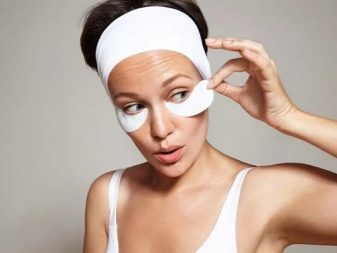
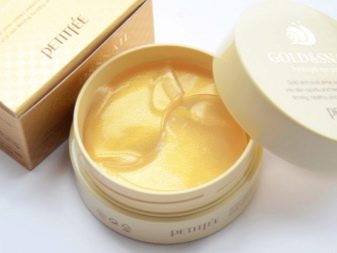
How much can you wear?
Hydrogel and collagen patches should not be worn for more than 20 minutes. As they dry, they begin to absorb moisture back from the skin. The sheet masks can be kept for about 30 minutes. If you apply patches at night, make sure you don't fall asleep with them. Otherwise, the next morning you will find the opposite effect - dried patches begin to actively draw nutrients from the skin. If you have no time at all in the morning, you can apply patches for at least 10 minutes - this is the minimum period required to saturate the skin with moisture and vitamins.
Regular use of patches for different areas helps modern women to solve a lot of problems at home without resorting to the help of a beautician. By learning to use them correctly, you will gain an affordable and effective product for maintaining the natural beauty and youth of the skin.

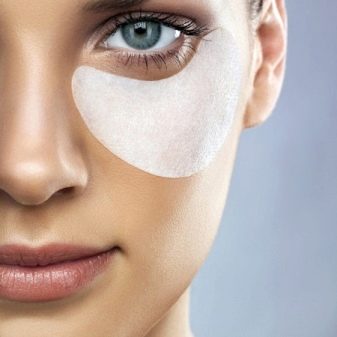
For information on how to apply patches correctly, see the next video.








